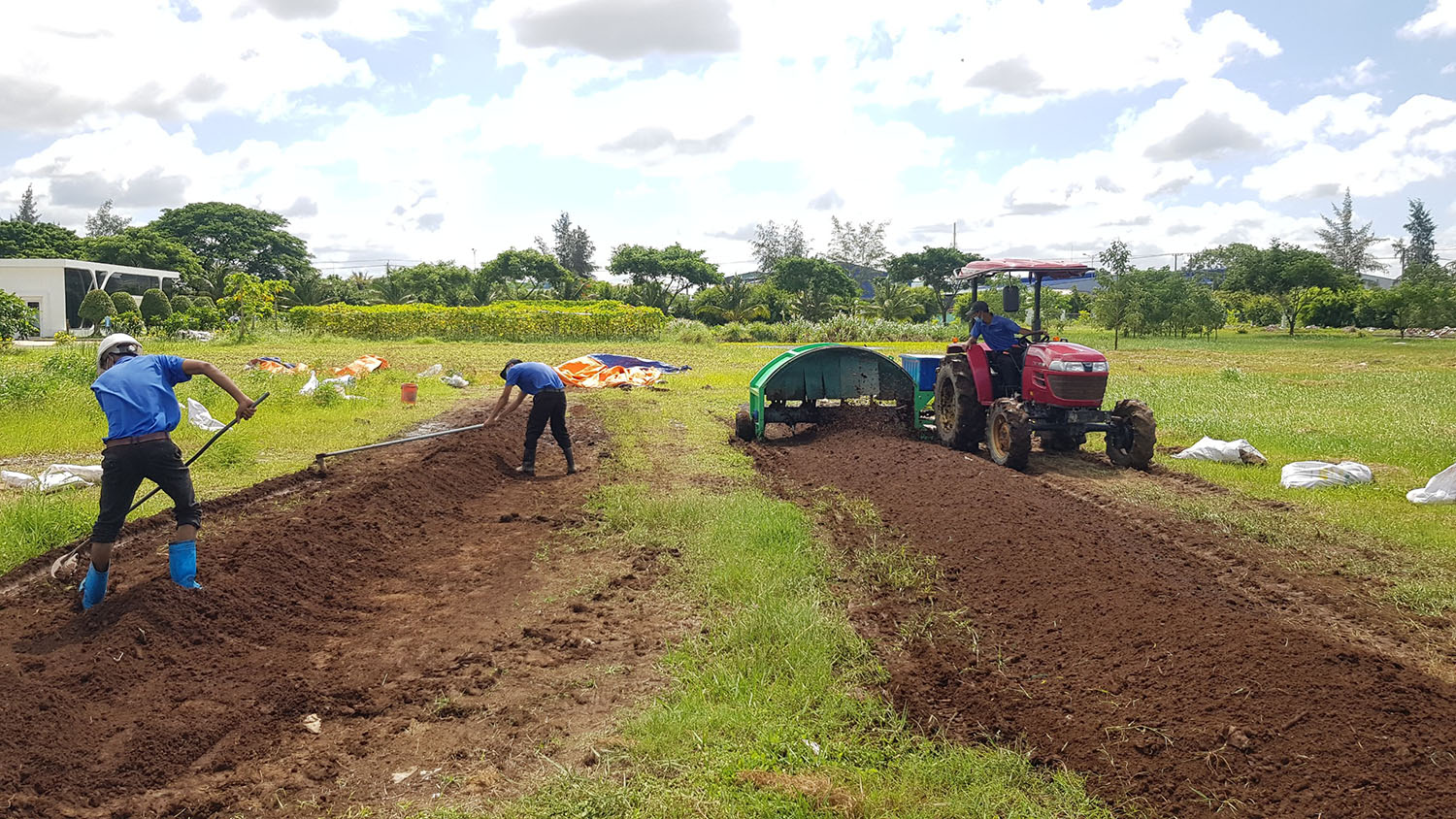CORRA webinar shares opportunities in sustainable rice straw management

The Council for Partnership on Rice Research in Asia (CORRA) recently hosted an online science webinar entitled “Rice Straw Management: Scaling GHG Emission-Reducing Technologies and Practices” that presented different options for repurposing the rice byproduct, as an alternative to the practice of rice straw burning.
Every year, over 600 million tonnes of rice straw is produced after rice harvesting globally. In South and Southeast Asia, the traditional practice of many rice farmers, especially poor smallholders, has been to burn the rice straw in the field in order to clear the paddy quickly for the next planting. However, studies on rice straw burning have shown that this practice is detrimental, as it produces high GHG emissions as well as toxic particulates that negatively affect human health. Rice straw burning also causes nutrient and biodiversity loss in the soil, which impacts the long-term sustainability of rice fields.
Held last September 8, the CORRA science webinar featured Dr. Hung Van Nguyen, a lead scientist of the International Rice Research Institute on various rice straw, rice byproducts, and bioenergy projects across Asia. Dr. Nguyen works in collaboration with national partners in the Philippines, Vietnam, and Myanmar, as well as with international entities such as the German Agency for International Cooperation (GIZ), Federal Ministry for Economic Cooperation and Development (BMZ), and the CGIAR Research Program on Rice.
During the webinar, Dr. Nguyen enumerated the various uses of rice straw once collected and processed. These included agricultural uses like compost, biochar, mushroom production, and livestock feed; energy uses like heating, electricity generation, and biogas; and industrial uses like building materials and biodegradable biofiber. He however noted that not all of these options are economically viable.
Dr. Nguyen then shared examples and case studies of the various opportunities for sustainable rice straw management. These included:
- Mechanized rice straw collection. In Vietnam, strong promotion of mechanized rice straw balers from 2016 to 2019 resulted in over 6000 of these machines being used by farmers, which contributed to the reduction of rice straw burning nationwide by 20%.
- Mushroom production. Also in Vietnam, a study on cultivating mushrooms in rice straw substrate found that per ton of straw, mushroom farmers can reach yields of up to 8kg (outdoor cultivation) and up to 20kg (indoor cultivation). This translated to profits of around USD 50-100 per ton of straw.
- Ruminant feed. A Vietnamese study found that feeding 15,000 milk cows with urea-treated rice straw reduced costs by 50%, or USD 150/ton, when compared to using imported biomass feed.
- Compost. In Vietnam and the Philippines, researchers found that an innovative mechanized rice straw process that combined physical and biochemical composting produced high-quality organic fertilizer at less energy, cost, and time.
- Biodegradable products. Research done in Vietnam showed how rice straw can be used to produce biodegradable raw materials for products such as fruit baskets, plant pots, and more.
During the question and answer portion of the webinar, Dr. Nguyen shared that the main barriers to sustainable rice straw management were the lack of diversified value-chain-based approaches and scale-appropriate technologies, as well as the resistance and capability of farmers in adopting new technologies and practices. With regards to the rice straw value chain, he said the bottlenecks are the costs of collection, compacting, storage, and transport, as well as the development of markets for rice straw products.
Dr. Nguyen was also optimistic about the future, saying that new technologies and practices can accelerate advancement in sustainable rice straw management. Innovations in bio-plastics, mycoproteins, and urban agriculture can upgrade value chains, supported by new business models made possible by ICT across the supply chain.
When asked what rice straw management option is optimal, Dr. Nguyen stressed that no one solution fits all, that stakeholders must consider all aspects of their situation and requirements to determine the best option (or options) for their needs.
“But even with these challenges and choices, it is clear that we must find a way out of rice straw burning,” said Dr. Nguyen. “Rice straw burning is the worst option, as it not only negatively affects the environment and human health, it also reduces the land’s ability to be productive long-term, impacting the livelihoods of farmers as well as the wider food security and sustainability.”
For any questions or more information about this topic, you may email postharvest@irri.org.